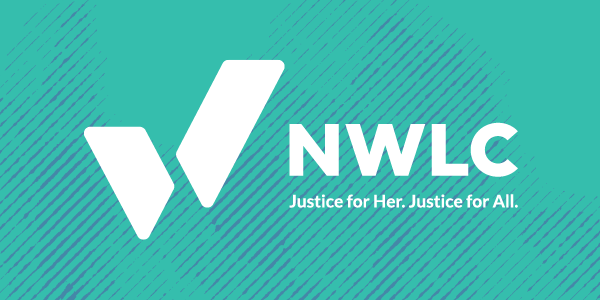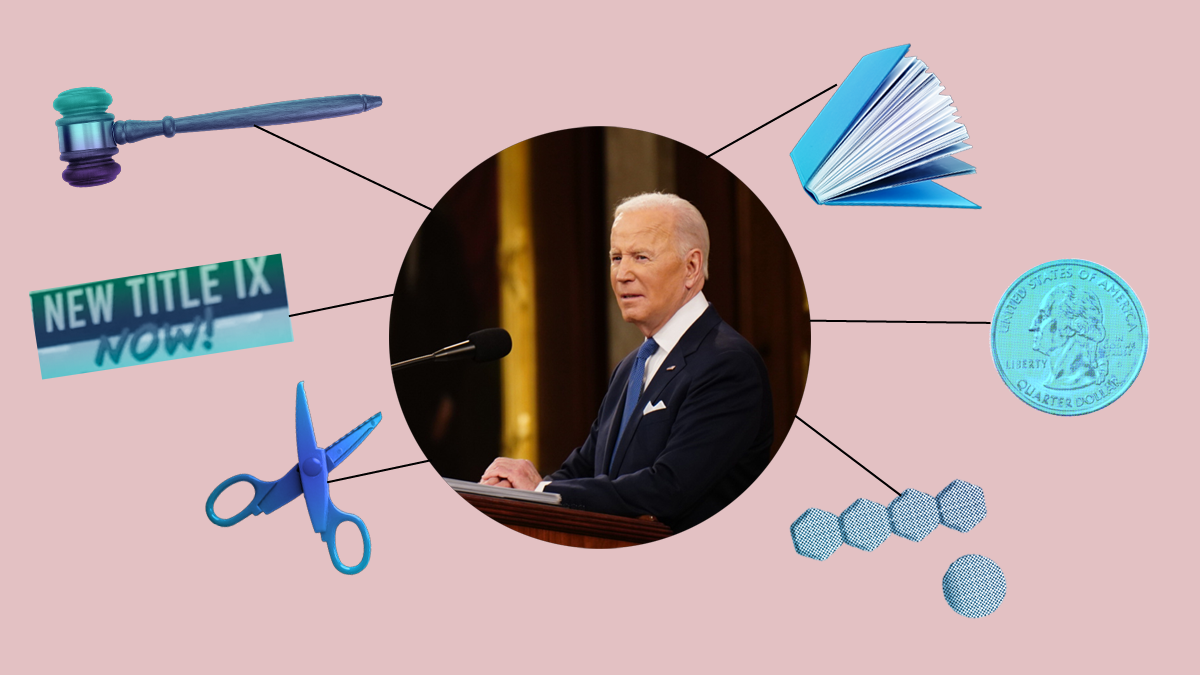Abortion rights, women of color, and LGBTQIA+ people are under attack. Pledge to join us in fighting for gender justice.
The Future of Work is Female… AND Low-Wage

The future of work is looking bleak for women and it’s not because robots are taking over.
Women are overrepresented in low-wage jobs across the country: nationwide, women make up two thirds of workers in jobs that typically pay less than $11.50 per hour. And in all but one state (Nevada), women make up at least 60 percent of the low-wage workforce, even though they are less than half of the overall workforce in every state.
These jobs leave many women and families struggling to make ends meet – and recent trends do not suggest that improvement is on the horizon. A new NWLC analysis of Bureau of Labor Statistics data shows that three of the top five occupations projected to grow the most over the next decade are low-wage, women-dominated occupations – personal care aides, home health aides, and combined food preparation and serving workers (including fast food workers). Even more troubling is that more than one in six women working in these three low-wage, high-growth jobs in 2016 had incomes below the federal poverty line.
After observing Black Women’s Equal Pay Day last week, it’s perhaps not surprising to note that Black women make up a disproportionate share of the workforce in these three low-wage, high-growth jobs: 25 percent, which is roughly 4 times larger than their share of the overall workforce (6 percent). More generally, women of color accounted for 46 percent of the workforce in the three low-wage, high-growth jobs combined, compared to 18 percent of the total workforce, which is 2.6 times greater than their share of the overall workforce. Already burdened by the effects of the wage gap, women of color will be uniquely and negatively impacted by the job growth in these low-wage occupations over the next decade.
In addition to struggling with low wages, workers in these jobs often lack benefits like health insurance, paid sick days, and paid family and medical leave. Not only are these benefits important for individual worker health, but they are uniquely important for workers in these jobs because they are public facing or work with already vulnerable populations (the elderly, people with disabilities, etc.), making it easy to spread illness. Unstable and inflexible work schedules are also common in these low-wage, high-growth occupations, which can be particularly problematic for parents and others juggling work and caregiving responsibilities—yet mothers’ share of the three low-wage, high-growth jobs was 29 percent in 2016, 1.8 times larger than their share of the overall workforce (16 percent).
The solutions here seem pretty clear: policy makers should be stepping in to ensure that all of the jobs our economy creates allow working people and their families to be economically secure by, for example, raising the minimum wage; guaranteeing paid sick days and paid family and medical leave for everyone; granting workers more stability, predictability, and a voice in their work schedules; and building upon the success of the Affordable Care Act to ensure that everyone has access to the health care they need. So, naturally, the Trump administration and Republicans in Congress are doing precisely the opposite: undermining the Affordable Care Act and the Medicaid program at every turn; proposing a “paid leave” plan that would make workers draw down their own Social Security benefits just to get a little time to care for a new child; promoting workplace “flexibility” for employers—not employees—in a bill that would allow employers to skirt state and local laws that provide paid sick days and make work schedules more stable and predictable; and the list goes on. One of the Administration’s latest moves is an attempt to erect new barriers to union membership for home care workers – i.e., making it harder for the women who hold one of the jobs expected to the grow the most to benefit from the unions that can help them access higher wages, health insurance, and paid time off.
It is clear that women and their families need progress that the current administration and Republicans in Congress are not willing to offer. But here’s the good news: the White House and the U.S. Capitol aren’t the only places where change happens. Across the country, people and policy makers are in fact stepping up to the plate to improve women’s ability to secure jobs that allow them to support themselves and their families. And I’m hoping—and working—alongside them to make sure that the future is bright for women and their families.




